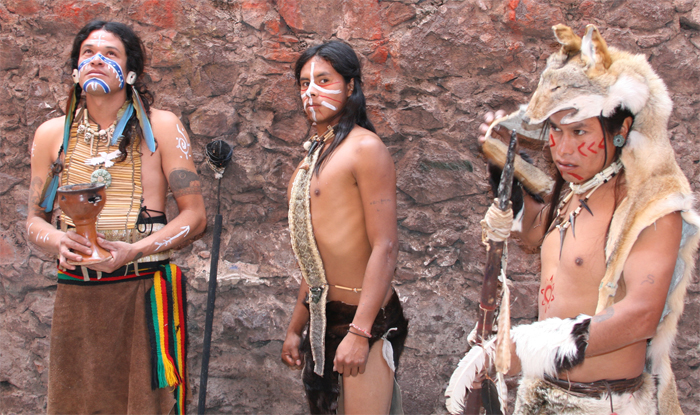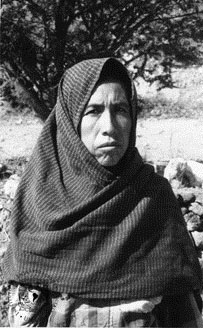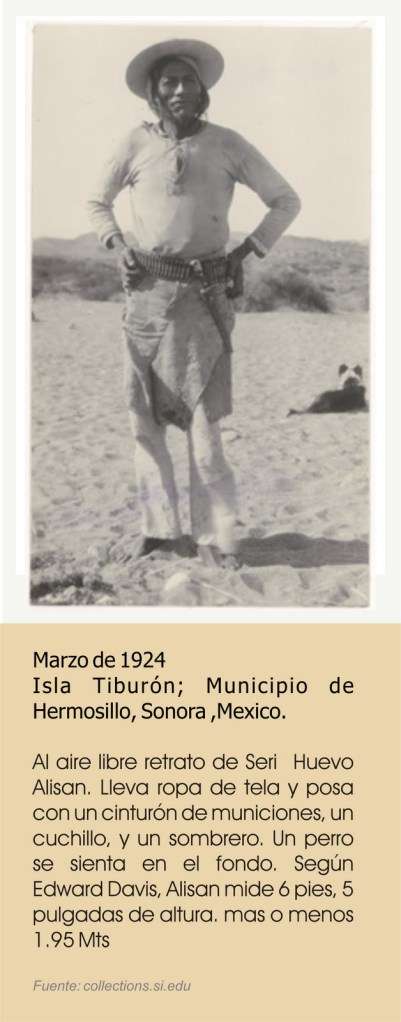CHICHIMECA JONAZ
The Chichimeca Jonaz are a group of indigenous people living in Guanajuato and San Luis Potosí. In Guanajuato State the Chichimeca Jonaz people live in a community of San Luis de la Paz municipality. The settlement is 2,070 m above sea level. They call this place Rancho Úza (Indian Ranch) or Misión Chichimeca.
In modern times only one ethnic group is customarily referred to as Chichimecs, namely the Chichimeca Jonaz .
The image of the Chichimecas as described by the early sources was typical of the era; the natives were "savages" - accomplished at war and hunting, but with no established society or morals, fighting even amongst themselves. This stereotype became even more prevalent during the course of the Chichimec wars; it was part of the justification for the war (the Chichimec area was not entirely under Spanish control until 1721).
In the 2000 General Census by INEGI 2,641 people named themselves as speakers of the Chichimeca Jonaz language. Of these 1,433 speakers lived in Guanajuato, and the other 115 in San Luis Potosí.
Their language belongs to the Pamean sub-branch of the Oto-Pamean branch of the Oto-Manguean language family, the closest relative of the Chichimeca Jonaz language is the Pame language.
The historian Paul Kirchhoff, in his work The Hunting-Gathering People of North Mexico, described the Chichimecas as sharing a hunter-gatherer culture, based on the gathering of mesquite, agave, and tunas (the fruit of the nopal), with others also using acorns, roots and seeds. In some areas, the Chichimeca cultivated maize and calabash. From the mesquite, the Chichamecs made white bread and wine. Many Chichimec tribes used the juice of the agave as a substitute for water when it was in short supply.





















































































